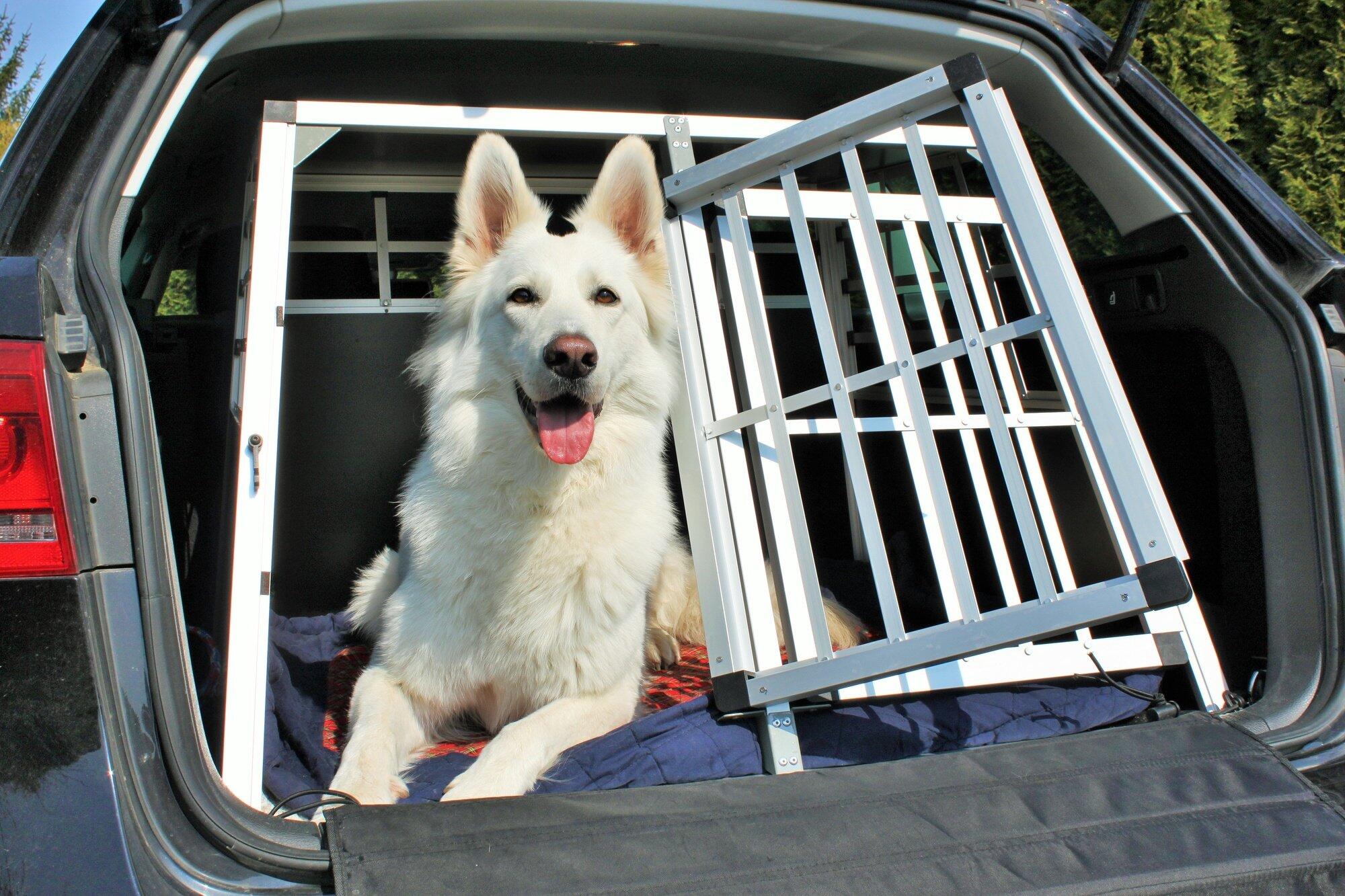Tips and Strategies on the Ultimate Guide on How to Crate Train a Rescue Dog
Crate training can be a crucial aspect of acclimating a newly adopted rescue dog to their new environment. It offers a secure and private space for the dog to ease into their comfort zone.
Understanding the nuances of training a rescue dog through the crate is an invaluable step toward a better bond with your pet. Here are tips and strategies on how to crate train a rescue dog:
Contents
Set up the Crate
The first step is choosing a crate that isn’t too big or too small – just right, they say, like Goldilocks’ porridge. Dogs should have enough room to stand, turn around, and lie down comfortably. The type of crate can vary from wire to plastic, based on your dog’s preference and your home layout.
Once you’ve got the right one, make it a haven with bedding. Add a few toys or chews to keep your dog entertained while they’re in the crate.
It’s essential to introduce them to their new ‘den’ gradually, rather than shoving them into it. For example, you can try crate training dogs at night first.
Positive Association
Your goal is to make the crate the dog’s happy place. To achieve this, start by introducing treats and toys inside the crate. This will create a positive association.
Over time, your dog will understand that entering the crate leads to good things. But remember, don’t rush it. Give your dog the liberty to explore it at their own pace.
Gradual Introduction
Patience is key when introducing a rescue dog to a crate. Start with letting your dog check out the crate with the door open; don’t force them inside.
Once they seem fine with the space, encourage them to enter with treats. Keep the sessions short and sweet – you want to end on a positive note.
Consistency and Routine
Build a daily schedule that includes consistent crate time. This routine will not only help in training but also in establishing a predictable environment, which is comforting for most pets.
Use the crate at times when you are busy or need to leave the home. Just make sure it’s not for extended periods initially. Research how long can a dog be in a crate first.
Positive Reinforcement
Crate training can be a test of your patience, especially with a rescue dog who may have unknown fears. Never use the crate as punishment, as this can result in fear or anxiety.
Always reward your dog for going into the crate on their own. Positive reinforcement reinforces the crate is a positive rather than punitive setting. That’s why this is the best way of crate training an older dog that was rescued, not just a puppy.
Handling Separation Anxiety
Many rescue dogs have separation anxiety, which can complicate crate training. Manage this by creating a calming environment around the crate.
You might consider placing a piece of your recently worn clothing in the crate. This can go a long way to ease your dog’s anxiety with your scent.
How to Crate Train a Rescue Dog: Be Patient
Learning how to crate train a rescue dog is not always easy, but it’s worth the effort. With time and patience, your dog will learn to view their crate as a safe and comfortable space.
Remember that every dog is different, with unique past experiences that may impact the training process. Be patient and understanding of your rescue dog’s needs, and you’ll experience the benefits of crate training in no time.
Did you find this article helpful? Then check out the rest of our site for more.

